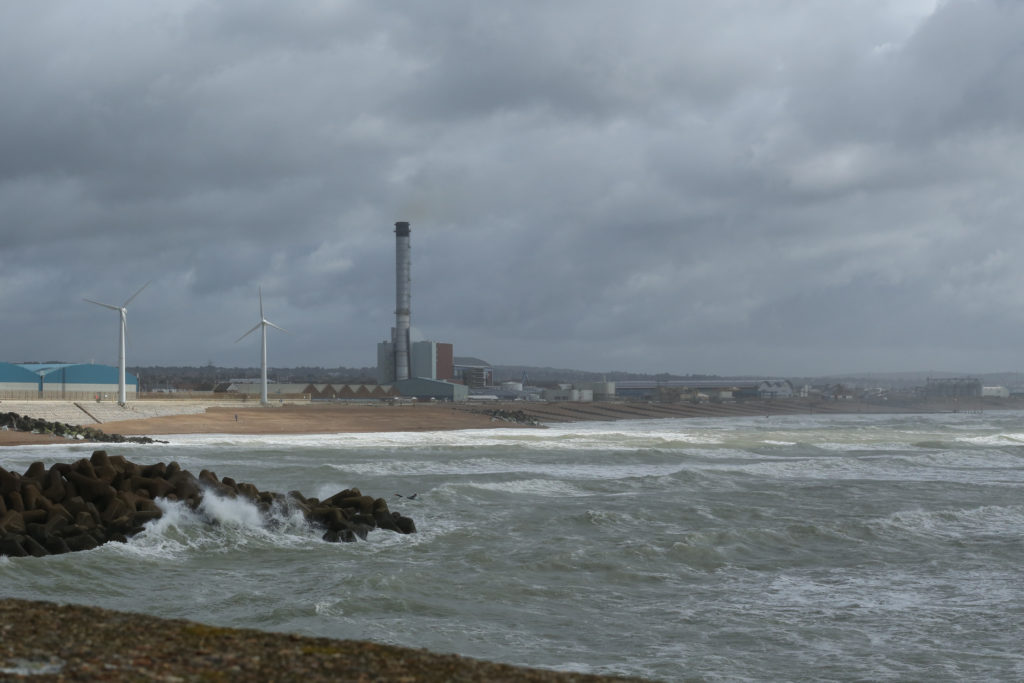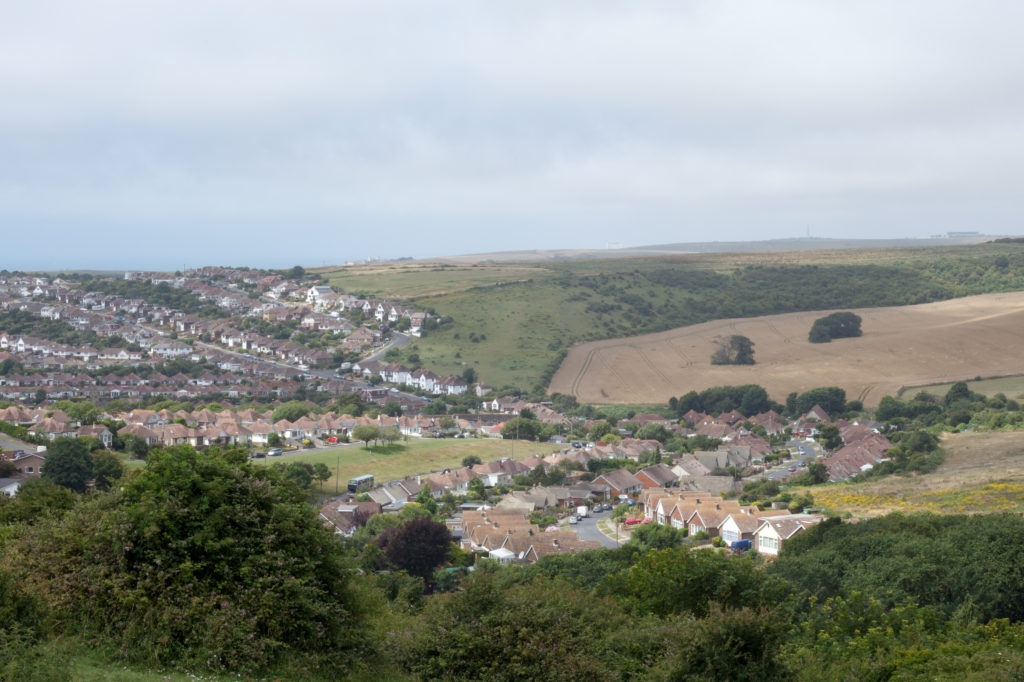An Overview of Landscape and Visual Impact Assessment
This note gives a brief overview of landscape and visual impact assessment (LVIA). It is intended as a summary, non-technical introduction.
Our LVIA work is undertaken in accordance with the relevant guidance on landscape and visual assessment. The overarching reference is the Guidelines for Landscape and Visual Impact Assessment 3rd Edition (LI and IEMA, 2013). There may be other references which are important depending on the development type and location. An important aspect of LVIA is that there is no ‘standard methodology’; the experienced landscape professional needs to interpret and apply the Guidelines for Landscape and Visual Impact Assessment in devising the approach for a specific project.
What is landscape?
The European Landscape Convention (ELC) defines landscape as ‘…an area, as perceived by people, whose character is the result of the action or interaction of natural and/or human factors’ (Council of Europe, 2000). The ELC supports a holistic approach to landscape planning and covers ‘…natural, rural, urban and peri-urban areas. It includes land, inland water and marine areas. It concerns landscapes that might be considered outstanding as well as everyday or degraded landscapes.’

Photo: Planning for landscape change in everyday or degraded landscapes
The scope of LVIA
The scope of LVIA is derived from the Town and Country Planning (Environmental Impact Assessment) Regulations 2017, Schedule 4 of which states that Environmental Impact Assessment (EIA) must include ‘A description of the factors specified in regulation 4(2) likely to be significantly affected by the development: population, human health, biodiversity (for example fauna and flora), land (for example land take), soil (for example organic matter, erosion, compaction, sealing), water (for example hydromorphological changes, quantity and quality), air, climate (for example greenhouse gas emissions, impacts relevant to adaptation), material assets, cultural heritage, including architectural and archaeological aspects, and landscape.’ With respect to landscape and views, an LVIA typically considers the direct and indirect effects of a Proposal, its potential cumulative effects, considers the changes which would arise over time, and whether those changes would be beneficial or adverse.
Landscape and visual effects are considered separately as ‘related but very different considerations’ (LI and IEMA, 2013):
- Landscape assessment considers the effects of the proposed development on the landscape as a resource.
- Visual assessment considers the effects of the proposed development on specific views and on the general visual amenity experienced by people.
The LVIA process
The key stages in LVIA are:
- Describing the existing landscape and visual environment, including information on the value attached to the different resources.
- Describing the proposed development and its main features or parameters.
- The systematic identification and description of effects which are likely to occur.
- The assessment of the significance of effects, focussing on ‘likely significant effects’.
- Identification of mitigation measures (measures designed to avoid, reduce or offset significant negative effects).
- Preparation of the LVIA report and other graphic material which would typically include plans, zone of theoretical visibility maps, photographs of the existing landscape, and potentially also photomontages or accurate visual representations of the proposed development.

Photo: Shoreham harbour seascape
LVIA assessment criteria
The following are the main terms used in LVIA:
- The sensitivity of landscape receptors (aspects of the landscape resource that have the potential to be affected by the proposal) and visual receptors (people whose views may be affected), which depends upon the value attached to the aspect of landscape or view and its susceptibility to harm due to the development proposal.
- The magnitude of an effect (the change brought about by the development proposal), which depends upon the scale and geographical extent of the change, and its duration and reversibility.
- The significance of an effect, which depends on the receptor’s sensitivity and the magnitude of the effect.
The component parts of each of these factors are typically combined using matrices, and described using word scales. For example, ‘magnitude’ might be described according to a six-point scale (negligible, very small, small, medium, large, very large); each of these ratings would be defined in the assessment methodology.
The above factors are determined using a combination of quantitative (objective) and qualitative (subjective) methods, and are assessed using professional judgement.
LVIA or landscape appraisal?
LVIA can be carried out as part of the EIA process, or as a standalone landscape appraisal.
Where development is screened as requiring EIA, the LVIA will normally be an individual EIA topic (others including for example ecology, heritage, hydrology and soils). Often, the full LVIA might form a technical appendix to a summary EIA chapter. LVIA work can also inform site selection and consideration of alternatives, and EIA screening and scoping stages (for example, the LVIA consultant might provide preliminary information for an EIA scoping report).
A landscape appraisal is a more flexible and informal process but one which is normally structured to take account of the key LVIA stages listed above. The main difference is that a landscape appraisal does not identify ‘likely significant effects’ as the appraisal is not being undertaken as part of the EIA process.
The EIA Directive (The assessment of the effects of certain public and private projects on the environment (2011/92/EU)) states that ‘Development consent for public and private projects which are likely to have significant effects on the environment should be granted only after an assessment of the likely significant environmental effects of those projects has been carried out.’ The emphasis on likely significant effects is important. It means that LVIA work should be to proportional to the scale of the project being assessed and the nature of its effects. This is true whether LVIA is undertaken as part of the formal EIA process or as an informal standalone landscape appraisal.

Photo: Sub-urban grain and the downland fringe near Brighton
Summary
This note has given a brief overview of LVIA, and some background and an explanation of what might be involved. If LVIA work is required, there will usually be a range of practical factors to consider, which could include for example:
- Consultation with planning officers and statutory bodies;
- The preparation of photomontages or other visualisations;
- The co-ordination and programing of LVIA with other parts of the planning submission; and
- The timing of LVIA photography for winter or summer views.
If you want to find out more, browse through the Guidelines to Landscape and Visual Impact Assessment, or feel free to contact us for some informal advice about your project.
